In an archiving triumph, the story of the Jhaveri sisters, with Manipuri dance at the centre of it, will open at the Goa Open Arts Festival next month
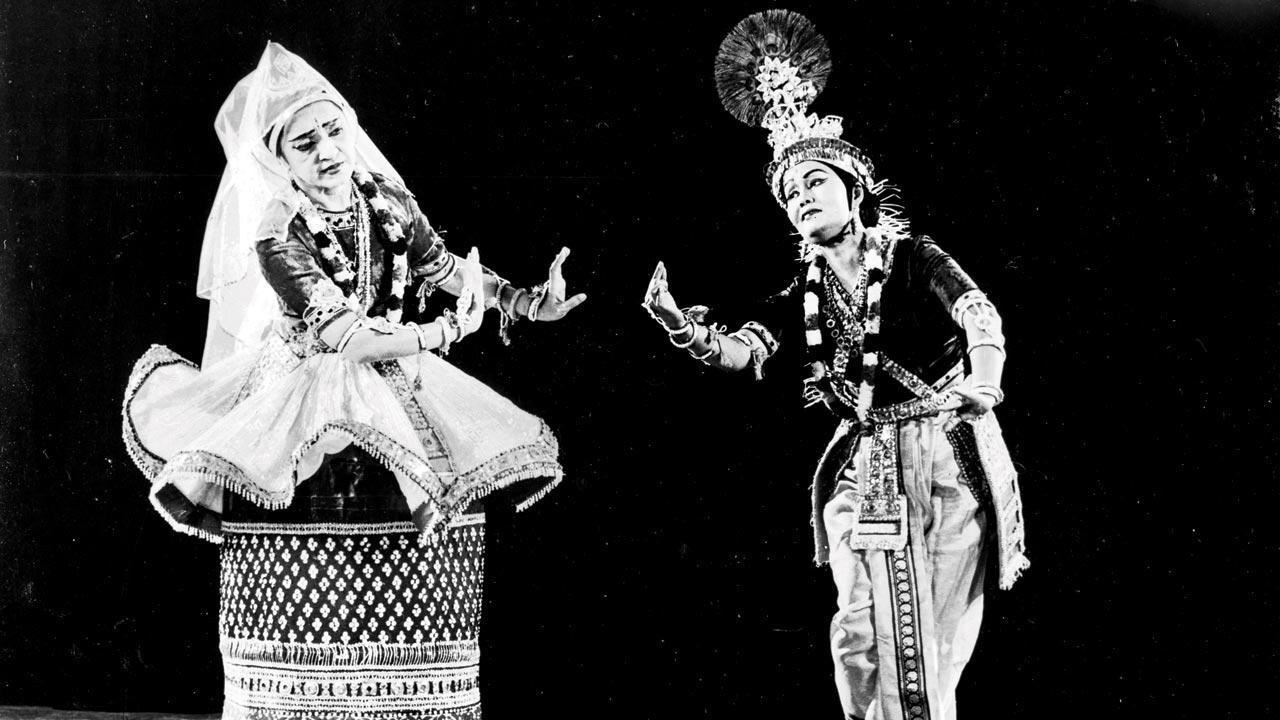
The exhibition Nayana Jhaveri: A Life in Lasya, which is a precursor to a book that will release in 2027, will include archival photos, video, sound, letters, interviews, articles and objects, to celebrate Jhaveri’s life, her dance form Manipuri, her guru and influences. Pic Courtesy/Jhaveri Sisters Archive
They were always very careful to build albums. At that time, it was just those big black paper photo albums, but after every tour, they’d make scrapbooks. Whoever came home just to meet them, would have to sit at the coffee table where the albums were kept and see them. The sisters’ whole world was just dance. They put in a lot of effort to devise systems, however homemade, and were consistently organised,” Angana Jhaveri tells us over the phone from Goa. Angana had originally begun compiling a book on her mother, renowned Manipuri exponent Nayana Jhaveri, the eldest of the celebrated Jhaveri sisters, as a way of commemorating her birth centenary coming up in 2027. But a serendipitous meeting in Goa with photographer, filmmaker and author Alakananda Nag who runs Archival Matter, an initiative focused on discovering history beyond the history books, opened up discussions about larger and more enduring possibilities around the Jhaveri legacy. The two are presently working on “Nayana Jhaveri: A Life in Lasya”, a multi-sensory exhibition that will be on display at the Goa Open Arts Festival next month (February 23-28), and then become part of the Nayana Jhaveri archive. “The collaboration became a new window into the importance of archiving,” admits Angana.
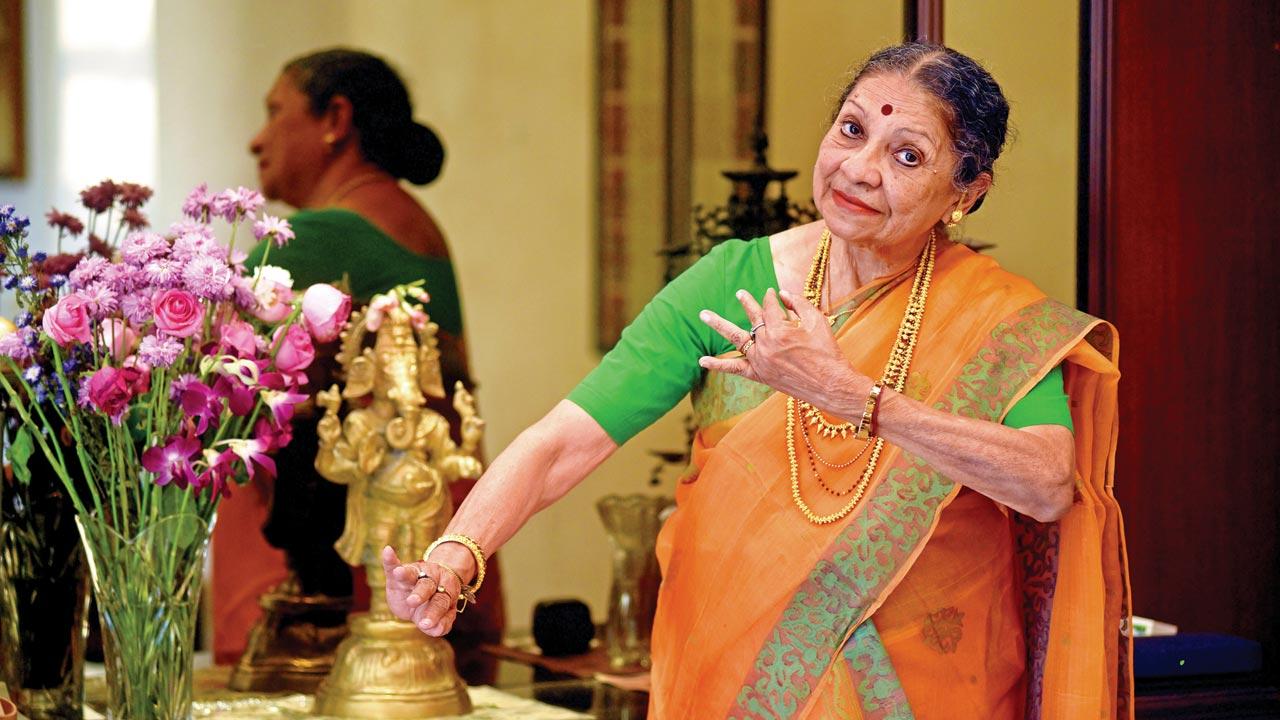 Padma Shri and Sangeet Natak Akademi awardee Darshana Jhaveri speaks of Guru Bipin Singh’s farsightedness that led them to collect and record oral traditions from Manipur, Cachar, Tripura and other regions and correlate them with Vaishnavite and Indian texts on dance and music. “We knew we had to meet various gurus, learn and record the oral traditions because the gurus would die and with them all these treasure troves of knowledge would be wiped out.” Pic/Sameer Markande
Padma Shri and Sangeet Natak Akademi awardee Darshana Jhaveri speaks of Guru Bipin Singh’s farsightedness that led them to collect and record oral traditions from Manipur, Cachar, Tripura and other regions and correlate them with Vaishnavite and Indian texts on dance and music. “We knew we had to meet various gurus, learn and record the oral traditions because the gurus would die and with them all these treasure troves of knowledge would be wiped out.” Pic/Sameer Markande
“We don’t have the culture of archiving and preserving so I was stunned when Angana brought some of the stuff to show me,” Nag shares, recalling seeing photographs from the sisters’ tours, letters and scrapbooks meticulously filled with cut outs of articles and announcements in newspapers. “Before we met, Angana was really involved in the writing of the book, but our association brought attention to the fact that the act of remembering can be so much more,” she says. The exhibition will showcase photographs, letters, audio recordings and ephemera that will bring their large performative lives to the fore. There is also a 10-minute film made by Angana capturing a conversation between Darshana and Suverna Jhaveri that will ground the exhibit while Angana’s niece has written the text that will guide viewers through it. “While Archival Matter is curating it, we are also working closely with the family since a lot of personal recollections are involved,” says Nag. “We had to be cognisant of and sensitive to the fact that this is an important story for Angana since it is about her mother. At the same time, our involvement would bring in objectivity.” “There is a huge responsibility while working with an archive,” she adds. “You are almost always working on people who are not there anymore. So one has to tread a very fine line between being true to the subject and family, while also being true to the intent of telling the story the way it needs to be told.”
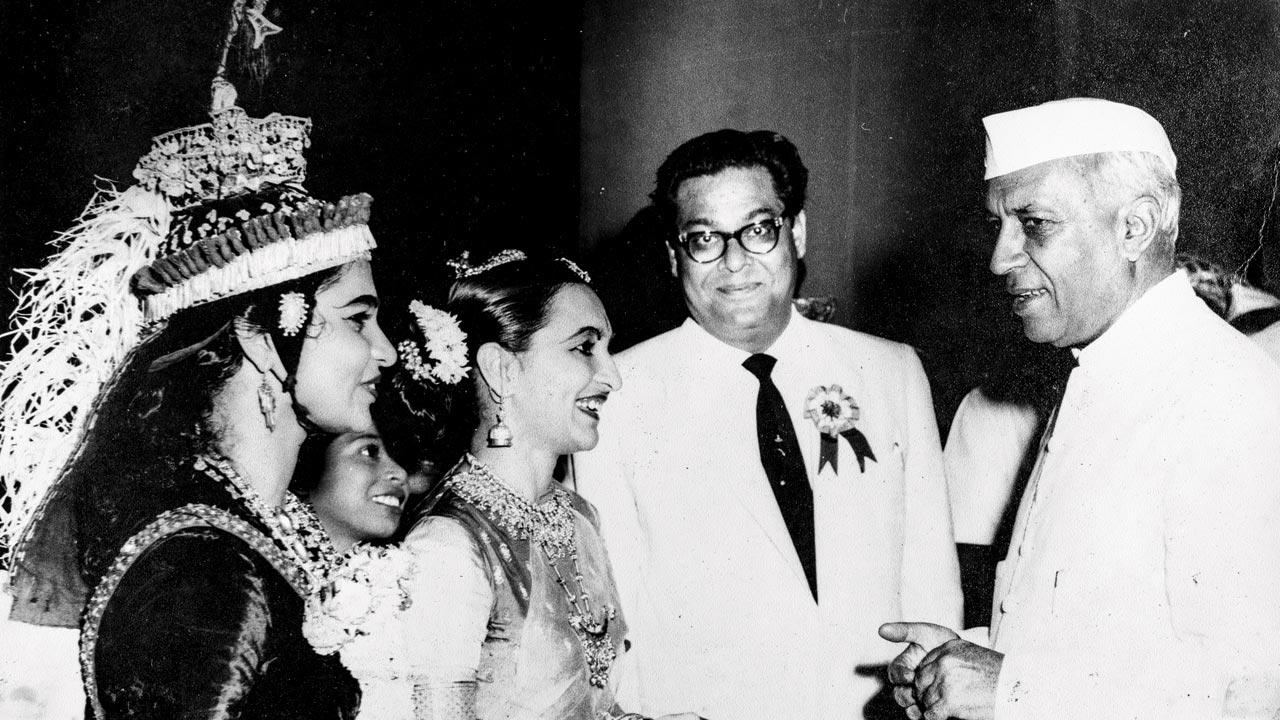 Darshana and Nayana Jhaveri with Pandit Nehru, Bombay, 1960s
Darshana and Nayana Jhaveri with Pandit Nehru, Bombay, 1960s
“Lasya” referring to the feminine style in the Manipuri form, which is graceful and lyrical as opposed to the vigorous and masculine “Tandava”, is what Nayana Jhaveri’s practice and life represented, and hence, the exhibition will also be a reflection of that Lasya, taking on a meditative aspect. Nag shares that the exhibition will also focus on the context of the Manipuri dance form itself, which is different from other classical styles in that it is an indigenous dance form absorbed in remarkably subtle and delicate movements and sensibilities and designed to evoke spiritual awakening in the dancers as well as the viewers. Key influences in Nayana Jhaveri’s life like Guru Bipin Singh who started training the sisters in the 1940s, and progressive and supportive family members which included father Navnitlal Jhaveri who was passionate about the arts, keen to have his daughters experience and learn every possible skill and husband Sushil who became the driving force behind the Jhaveris’ extensive study of the form will be reflected on. She was also deeply influenced by Gandhi in her formative years. “We’ve had [the Gujarati sections of] her diary translated,” Nag tells us. “The family was planning a holiday to Mahabaleshwar and as a 16-year-old she wrote ‘‘I had half a mind not to come to Mahabaleshwar... because in that time Gandhiji was very seriously ill.’ That was the kind of feeling she had for this mentor who she had never really met. She would also spin the charkha as a daily practice. She had really internalised his teachings.”
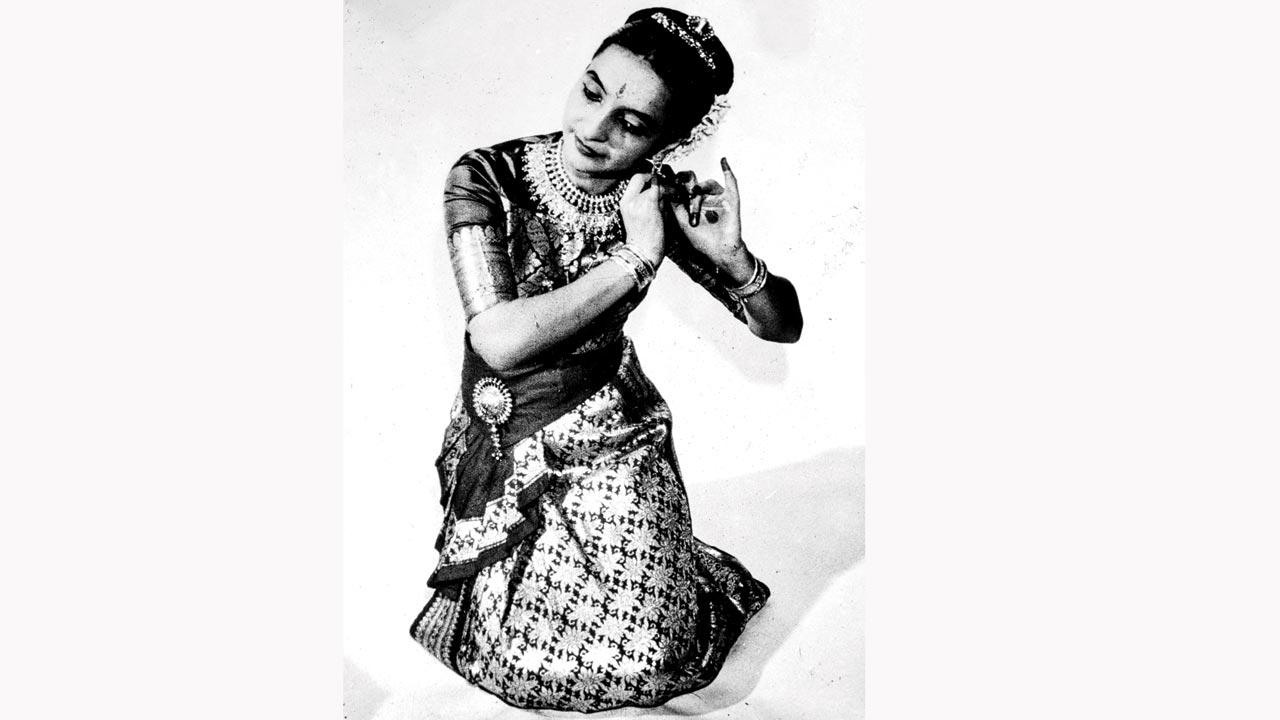 Nayana Jhaveri’s practice and life represented ‘Lasya’, the feminine style in the Manipuri form which is graceful and lyrical, an aspect that will be reflected in the exhibition. Pics Courtesy/Jhaveri Sisters Archive
Nayana Jhaveri’s practice and life represented ‘Lasya’, the feminine style in the Manipuri form which is graceful and lyrical, an aspect that will be reflected in the exhibition. Pics Courtesy/Jhaveri Sisters Archive
“I read a diary entry from 1944 before my mom met my dad and she writes that she can never just be a wife. She was searching for a vocation and a partner who would share her ideals. Towards the end of that diary, she decides she would dance. So, it was a partnership,” Angana tells us. “It was my father who insisted that they go back to Manipur to study the tradition, the tenets, the classicism, the codification, the rhythm systems and create a high-level classical dance repertoire for the stage. Nobody else had done that for Manipuri.” Angana who along with Ranjana Jhaveri’s daughter Lalana were trained to join the sisters, even touring Europe and Africa with them, has “a mixed bag” of memories from those years. “I was still in my late teens, and growing up with them was incredibly enriching because of the kinds of people that would come into our home. Musicians have come and played concerts, and they were surrounded with all these poets and artists and painters and artisans from all over the country. Travelling as a dance company meant we would meet ballet dancers and artistes from everywhere, travelling to places like Paris and Zambia to represent the country. We learnt the ins and outs of performing, undergoing quick costume changes, helping and supporting each other, and then getting involved with the technical aspects like lighting and staging.” There were also intergenerational conflicts, she laughs. “The sisters are Gujarati Jains and followed a very strict diet because their generation grew up eating simple regional home food. They never went to restaurants. But when Lalana and I started travelling with them, we wanted to explore. So those kinds of things would come up. But the tours were so tightly scheduled that there was no time for anything else.”
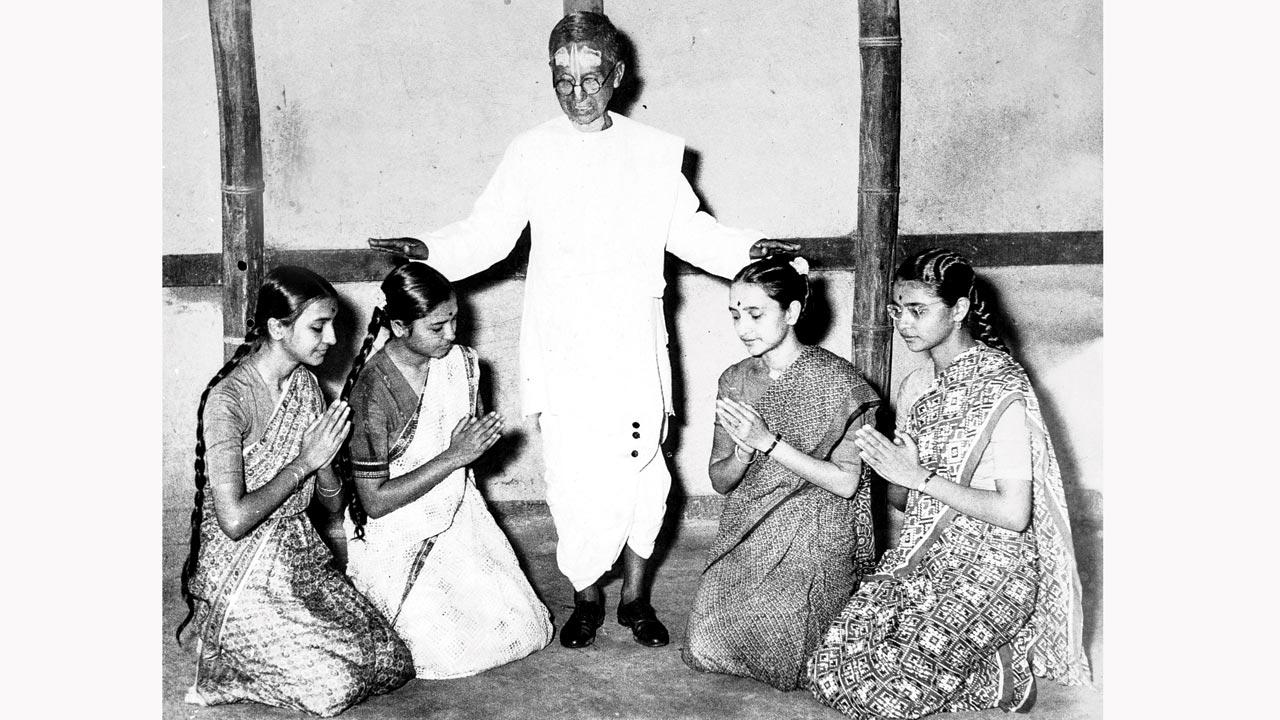 The four sisters with Guru Atomba Singh, Imphal, 1956
The four sisters with Guru Atomba Singh, Imphal, 1956
Angana also credits her aunt Darshana, the youngest of the four sisters, for the unwitting presence of what is now a very rich family archive. “I don’t know if she even had that word ‘archiving’ on her mind, but she doesn’t throw anything away. I now realise the value of it,” she says. A Padma Shri and Sangeet Natak Akademi awardee who still performs occasionally, Darshana Jhaveri, now 84, tells us of how the need to collect and document what may otherwise pass into oblivion was inculcated in the early years of their training. It was their guru’s farsightedness that led them to collect and record the oral traditions from Manipur, Cachar, Tripura and other regions and correlate the oral tradition with Vaishnavite and Indian texts on dance and music. “Back in the day there was no culture of audio recordings and there was nothing written down either. We knew we had to meet various gurus, learn and record the oral traditions because the gurus would die and with them all these treasure troves of knowledge would be wiped out. We would call them and record and there are now over a hundred cassettes and 150 hours’ worth of recordings. All the gurus are now gone. This collection of oral tradition is very valuable.”
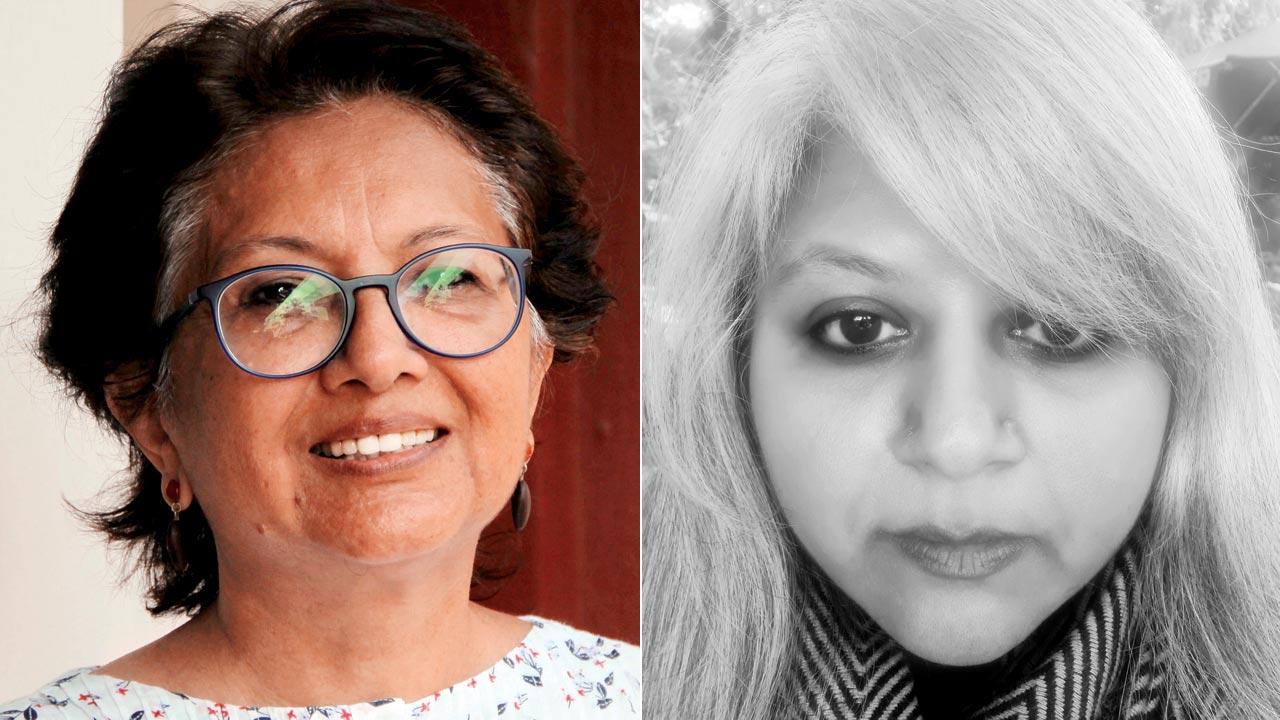 Angana Jhaveri and Alakananda Nag
Angana Jhaveri and Alakananda Nag
 Subscribe today by clicking the link and stay updated with the latest news!" Click here!
Subscribe today by clicking the link and stay updated with the latest news!" Click here!










